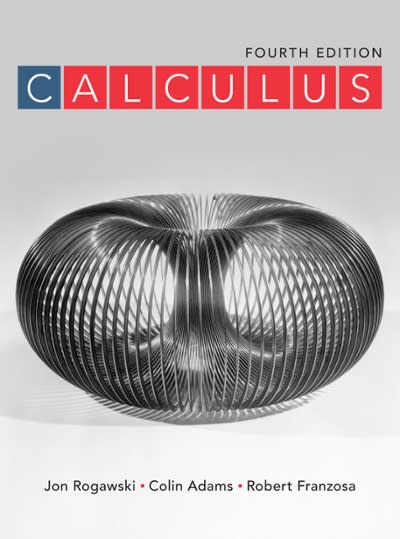Question
Five sophomores were given an English achievement test before and after receiving instruction in basic grammar. Their scores are shown to the right. Is it
| Five sophomores were given an English achievement test before and after receiving instruction in basic grammar. Their scores are shown to the right. Is it reasonable to conclude that future students would show higher scores after instruction? Use the 0.05 significance level. Complete parts (a) through (c) below. |
|
Question content area bottom
Part 1
(a) Use the steps of hypothesis testing. Determine the null hypothesis. Choose the correct answer below.
A.
The mean difference score for students that received instruction in basic grammar is the same as, or less than, the mean difference score for students that did not receive the instruction.
B.
The mean of the test scores before the students received instruction in basic grammar is greater than the mean of the test scores after the students received instruction in basic grammar.
C.
The mean difference score for students that received instruction in basic grammar is greater than the mean difference score for students that did not receive the instruction.
Part 2
Determine the research hypothesis. Choose the correct answer below.
A.
The mean of the test scores before the students received instruction in basic grammar is greater than the mean of the test scores after the students received instruction in basic grammar.
B.
The mean difference score for students that received instruction in basic grammar is the same as, or less than, the mean difference score for students that did not receive the instruction.
C.
The mean difference score for students that received instruction in basic grammar is greater than the mean difference score for students that did not receive the instruction.
Part 3
Determine the cutoff sample score(s).
The cutoff sample score(s) is/are
(Use a comma to separate answers as needed. Round to three decimal places as needed.)
Part 4
Determine the sample's score on the comparison distribution. Use
AfterBefore to compute the differences.
The sample's score on the comparison distribution is:
(Round to three decimal places as needed.)
Part 5
Decide whether to reject the null hypothesis. Choose the correct answer below.
A.
Failtoreject
the null hypothesis because the sample's score is
more
extreme than the cutoff sample score(s).
B.
Reject
the null hypothesis because the sample's score is
more
extreme than the cutoff sample score(s).
C.
Failtoreject
the null hypothesis because the sample's score is
less
extreme than the cutoff sample score(s).
D.
Reject
the null hypothesis because the sample's score is
less extreme than the cutoff sample score(s)
Part 7
(c) Explain the answer to someone who understands mean, standard deviation, and variance, but knows nothing else about statistics. Choose the correct answer.
A.
Since the sample's score was
less
extreme than the cutoff sample score(s), that means the probability of that score occurring, given that the null hypothesis is true, is
more
than 0.05. With this knowledge, one can
failtoreject
the null hypothesis.
B.
Since the sample's score was
more
extreme than the cutoff sample score(s), that means the probability of that score occurring, given that the null hypothesis is true, is
more
than 0.05. With this knowledge, one can
reject
the null hypothesis.
C.
Since the sample's score was
more
extreme than the cutoff sample score(s), that means the probability of that score occurring, given that the null hypothesis is true, is
less
than 0.05. With this knowledge, one can
failtoreject
the null hypothesis.
Step by Step Solution
There are 3 Steps involved in it
Step: 1

Get Instant Access to Expert-Tailored Solutions
See step-by-step solutions with expert insights and AI powered tools for academic success
Step: 2

Step: 3

Ace Your Homework with AI
Get the answers you need in no time with our AI-driven, step-by-step assistance
Get Started


